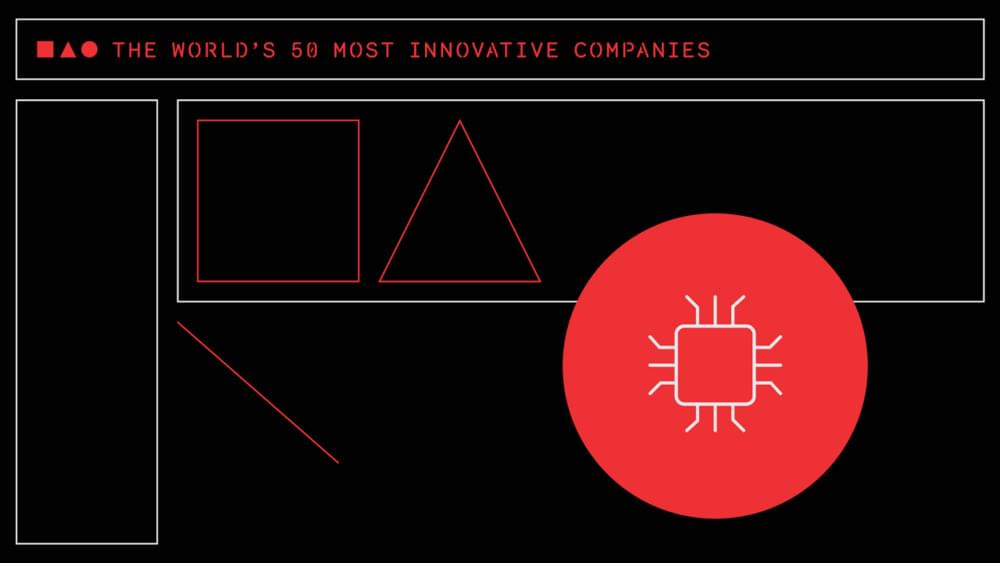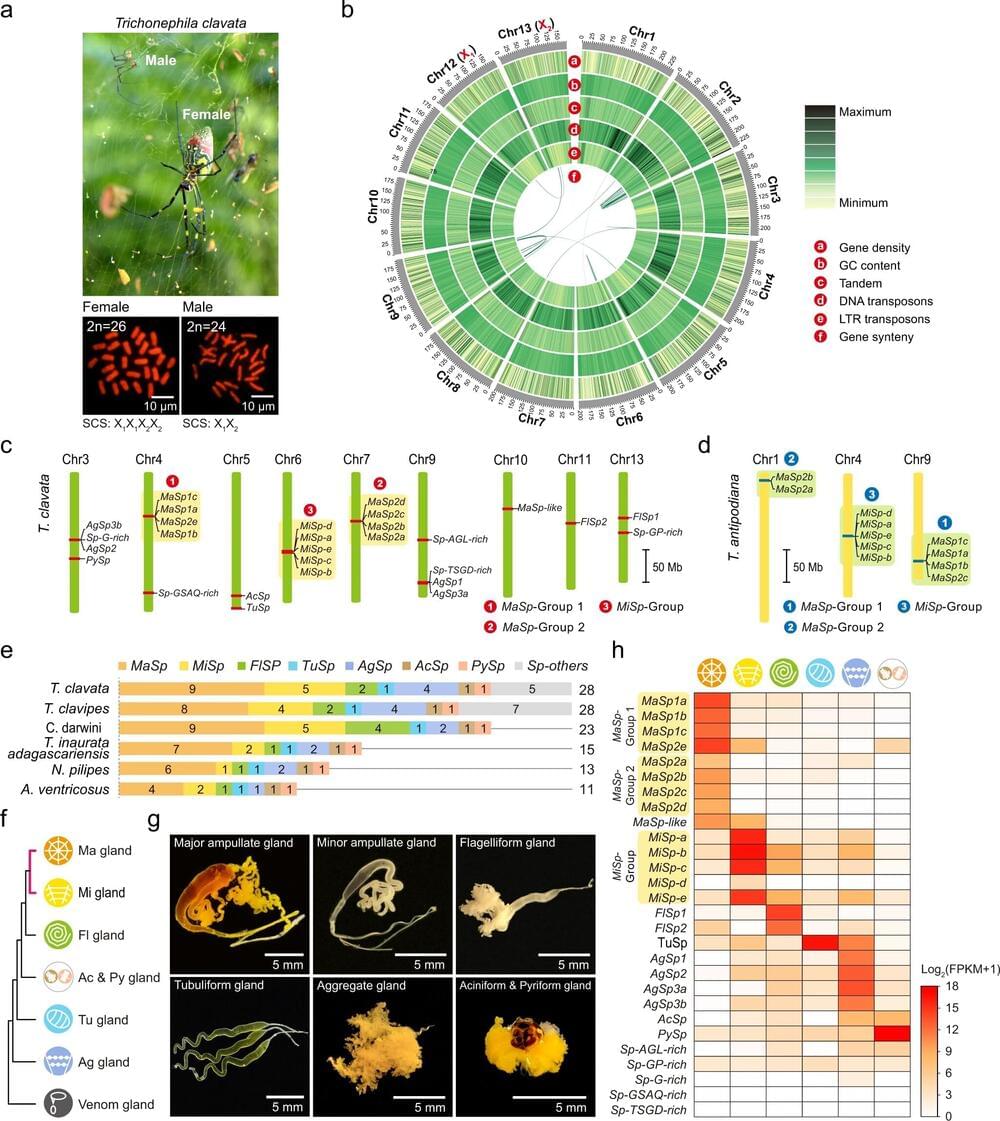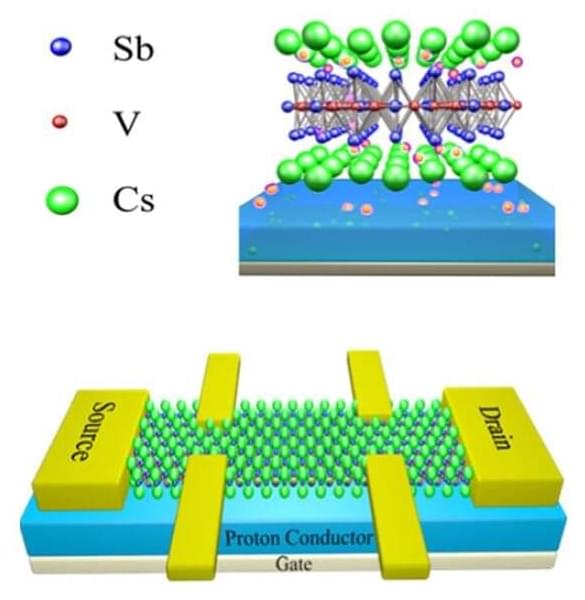Every year, a huge number of people get sick and die from influenza (flu). The good news is, protecting yourself from flu is easy and safe. Just get your flu vaccine!
More information: https://www.who.int/health-topics/influenza-seasonal#tab=tab_1
Every year, a huge number of people get sick and die from influenza (flu). The good news is, protecting yourself from flu is easy and safe. Just get your flu vaccine!
More information: https://www.who.int/health-topics/influenza-seasonal#tab=tab_1

A ranking of the most innovative companies in AI, including OpenAI, DeepMind, Nvidia, Builder.ai, Voxel, and others.
George Church is a geneticist known for his pioneering work in developing new technologies for genome sequencing, editing, and synthesis. He has also been involved in research on genome engineering and gene therapy.
Links.
PODCAST INFO:
The Learning With Lowell show is a series for the everyday mammal. In this show we’ll learn about leadership, science, and people building their change into the world. The goal is to dig deeply into people who most of us wouldn’t normally ever get to hear. The Host of the show – Lowell Thompson-is a lifelong autodidact, serial problem solver, and founder of startups.
LINKS
Youtube: https://www.youtube.com/channel/UCzri06unR-lMXbl6sqWP_-Q
Youtube clips: https://www.youtube.com/channel/UC-B5x371AzTGgK-_q3U_KfA
Linkedin: https://www.linkedin.com/in/lowell-thompson-2227b074
Twitter: https://twitter.com/LWThompson5
Website: https://www.learningwithlowell.com/
Timestamp / show notes.
00:00 Intro.
00:40 Changing millions of lives.
01:35 Unknowns in Biology / Fan question.
04:30 Space / Aliens.
05:18 Exciting projects.
08:15 Sequencing 8 billion people.
10:25 Making Organisms Virus proof.
12:00 Viruses adapting to changing.
15:55 Making IP actionable.
18:25 Transition to startups / issues.
22:30 Longevity and healthspan for older populations.
27:20 Rejuvenation vs cure.
29:40 Last 5 years/ surprises.
33:10 1 million cell edits.
34:40 Reduced returns with more edits at one time.
38:20 Software as biology / opportunity in biotech.
41:35 Hiding data in cells.
43:40 Synthetic biology relieving poverty.
47:45 Biohacking, chinese box, relieving poverty continues.
50:53 Producing good/submarine.
53:25 Synthetic biology for energy production.
57:51 Wooly mammoth genes / fan q.
1:02:30 Control characteristics with food.
1:03:50 Expediting gestation period.
1:06:00 External womb.
1:08:55 Problems /tools he wishes he had.
1:12:25 Cost of gene therapies from rejuvenation bio / fan question.
1:18:22 Virus gene drive.
1:21:10 Next 10 years.
1:23:02 CIRSPR CRPS pain question.
1:26:33 Books.
1:32:42 Calico lab CTO?
#georgechurch #syntheticbiology #biomanufacturing

As fusion developers around the world race to commercialize fusion energy, TAE Technologies has pioneered the pursuit of the cleanest and most economical path to providing electricity with hydrogen-boron (also known as p-B11 or p11 B), an abundant, environmentally sound fuel. Today the company is announcing, in collaboration with Japan’s National Institute for Fusion Science (NIFS), a noteworthy research advancement: the first-ever hydrogen-boron fusion experiments in a magnetically confined fusion plasma.
In a paper published by Nature Communications, scientists explain the outcome of the nuclear fusion reaction of hydrogen-boron in an experiment in NIFS’ Large Helical Device (LHD). This paper describes the experimental work of producing the conditions necessary for hydrogen-boron fusion in the LHD plasma and TAE’s development of a detector to make measurements of the hydrogen-boron reaction products: helium nuclei, known as alpha particles.
The finding reflects years of collaborative international scientific fusion research, and represents a milestone in TAE’s mission to develop commercial fusion power with hydrogen-boron, the cleanest, most cost-competitive, and most sustainable fuel cycle for fusion.
Last week, Microsoft researchers announced an experimental framework to control robots and drones using the language abilities of ChatGPT, a popular AI language model created by OpenAI. Using natural language commands, ChatGPT can write special code that controls robot movements. A human then views the results and adjusts as necessary until the task gets completed successfully.
In a demonstration video, Microsoft shows robots—apparently controlled by code written by ChatGPT while following human instructions—using a robot arm to arrange blocks into a Microsoft logo, flying a drone to inspect the contents of a shelf, or finding objects using a robot with vision capabilities.

Word on the street is that GPT-4 is already done, and that the geniuses at OpenAI are secretly working on GPT-5 as we speak. That’s right; you heard it here first! But is it true? Is the next generation of language models already underway? Let’s dive in and find out.
0:00: Intro.
0:29: GPT-5
1:31: Is Bing’s AI Chatbot GPT-4?
4:13 A100 GPUs.
🔔 Did you enjoy the content? Subscribe here:
- https://rb.gy/nekyhx.
🎥 Want to watch more? Find videos here:
- https://rb.gy/l03r32
⚠️ Copyright Disclaimers.
• Section 107 of the U.S. Copyright Act states: “Notwithstanding the provisions of sections 106 and 106A, the fair use of a copyrighted work, including such use by reproduction in copies or phonorecords or by any other means specified by that section, for purposes such as criticism, comment, news reporting, teaching (including multiple copies for classroom use), scholarship, or research, is not an infringement of copyright.”
• We use images and content in accordance with the YouTube Fair Use copyright guidelines.

Researchers from Southwest University in China have constructed the entire chromosomal-scale genome assembly and complete spidroin gene set of the golden orb-weaving spider, Trichonephila clavata, known for its especially strong, golden-colored webs.
They attest that their work “Provides multidimensional data that significantly expand the knowledge of spider dragline silk generation…” and the researchers plan on using this new “molecular atlas” to better understand how spiders manufacture their silk.
Published in the journal Nature Communications, the paper details the steps the researchers took, from wild spider capture to multiomic analysis, in revealing the interplay of genes within the spider’s major ampullate gland, the gland responsible for producing dragline silk.

Climate, tectonics and time combine to create powerful forces that craft the face of our planet. Add the gradual sculpting of the Earth’s surface by rivers and what to us seems solid as rock is constantly changing.
However, our understanding of this dynamic process has at best been patchy.
Scientists today have published new research revealing a detailed and dynamic model of the Earth’s surface over the past 100 million years.

A new RMIT-led international collaboration published in February has uncovered, for the first time, a distinct disorder-driven bosonic superconductor-insulator transition.
The discovery outlines a global picture of the giant anomalous Hall effect and reveals its correlation with the unconventional charge density wave in the AV3Sb5 kagome metal family, with potential applications in future ultra-low energy electronics.
Superconductors, which can transmit electricity without energy dissipation, hold great promise for the development of future low-energy electronics technologies, and are already applied in diverse fields such as hover trains and high-strength magnets (such as medical MRIs).